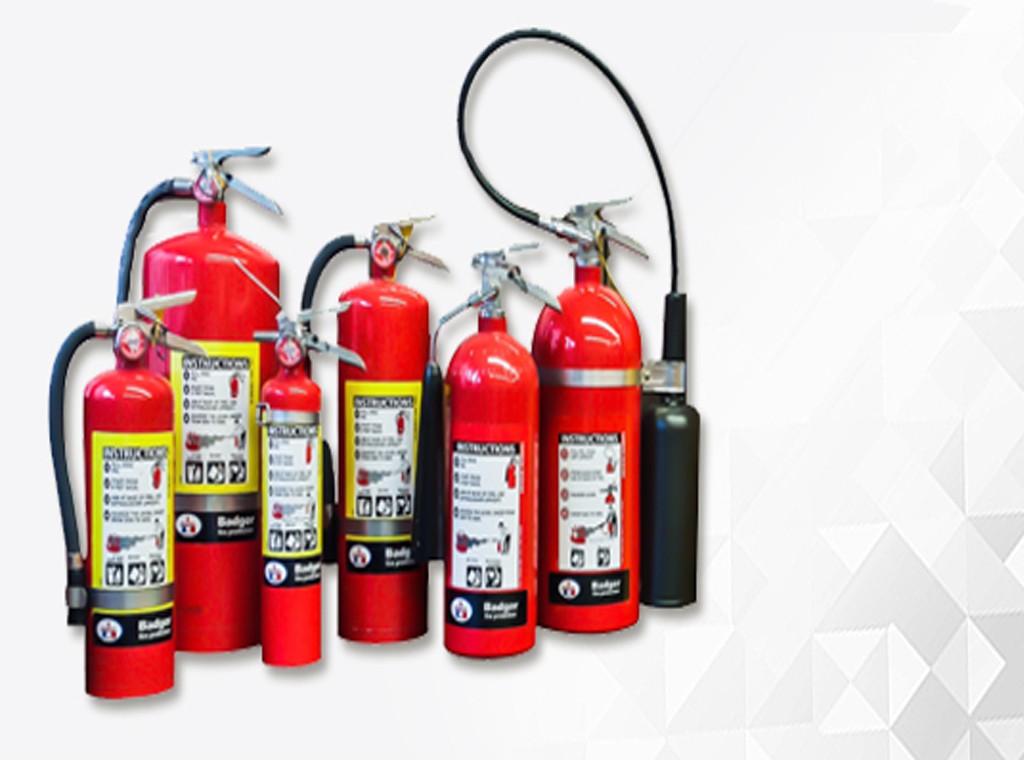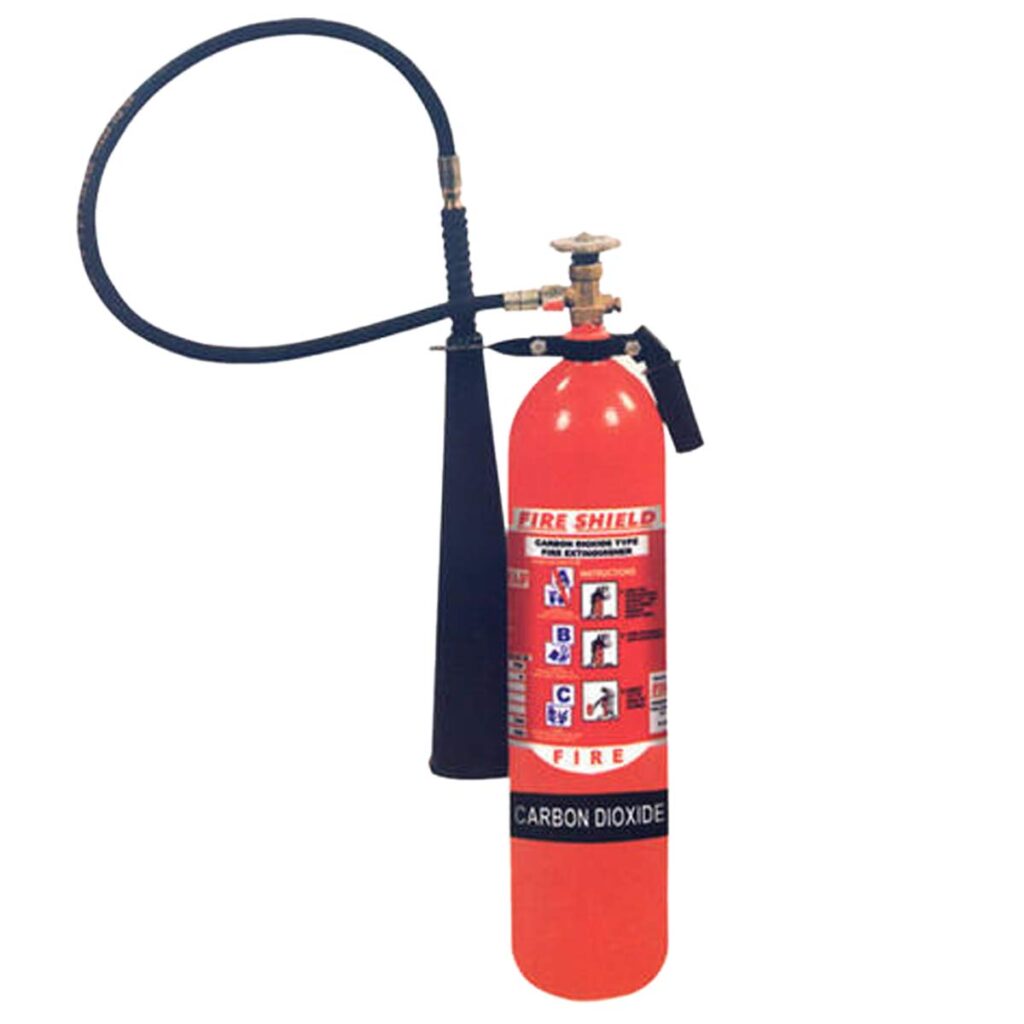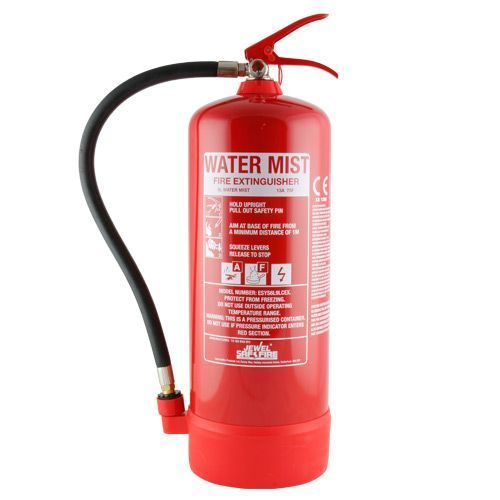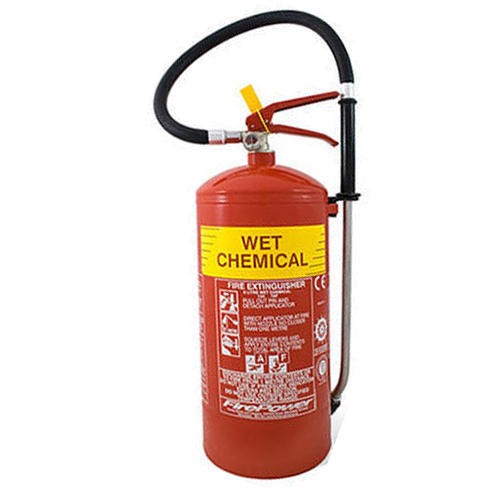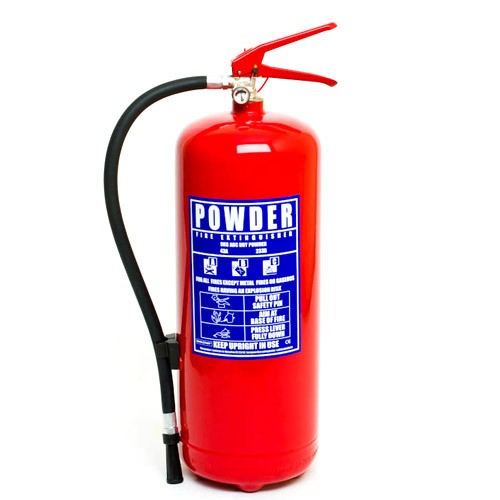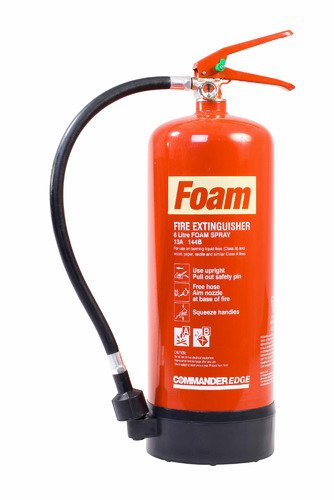In spite of our best efforts to prevent them, potentially deadly fires occur every single day in America. When one does occur in your home or workplace, time is of the essence, and every second of inaction might be the difference between avoiding catastrophe and experiencing a tragedy.
That’s why it’s crucial to be prepared and ready to act should a fire occur. On top of ensuring that your fire alarms are always operating, one of the best ways to be prepared for a fire is to have the proper fire extinguishers at your disposal.
To help you understand which would be best for your particular situation, we’ve created this list of 5 common types of fire extinguishers and their uses:
1. Carbon Dioxide
Fires grow by consuming oxygen, and carbon dioxide displaces oxygen, which means that a fire can be snuffed out effectively using carbon dioxide. That’s the basic idea of a carbon dioxide fire extinguisher, which is a great option for putting a stop to electrical fires or fires involving flammable liquids.
Carbon dioxide extinguishers are also cleaner than most other fire extinguishers, which often use liquid or powder chemicals to put a stop to fires. If avoiding chemicals is a priority for you, this type of extinguisher is one to consider.
2. Water Mist
Water can be highly effective at putting out certain types of fires, but in some instances, it can only serve to make the issue worse. With a water mist fire extinguisher, however, that problem is mostly corrected.
This highly versatile fire extinguisher uses microscopic molecules of deionized water to reduce oxygen levels and lower temperatures so that the fire is suffocated and the area is cooled. These fire extinguishers can be used on both electrical and liquid fires, as well, thanks to the deionization of the water.
The versatility of water mist extinguishers, and the lack of chemicals used in them, make them a great option for a wide number of situations.
3. Wet Chemical
You’re probably aware that throwing water on oil fire will only cause the fire to spread, which is why kitchen hood systems don’t use water sprinklers. In order to put out an oil fire, you’re going to need a different type of agent, and the wet chemical extinguisher can provide exactly that.
Wet chemical extinguishers use potassium to create a chemical reaction with cooking oil which can snuff out flames rapidly. They’re also designed with a special type of nozzle which can help you to attack the source of the flame more effectively.
4. ABC Powder
When it comes to marine fire protection, there’s one specific type of fire extinguisher that you’re going to want on hand, and that’s an ABC powder extinguisher.
Because most boat fires involve gas, you’re going to want something specifically designed to attack a gas fire. Monoammonium phosphate, the most common chemical used in ABC powder extinguishers, can quickly cover up a gas fire and suffocate it.
ABC powder extinguishers are also useful for electrical fires, as their chemicals are not conductive. Remember that you do not want to inhale those chemicals, so these extinguishers are best used in outdoor settings.
5. Foam
Foam fire extinguishers work by releasing an expanding foam which both cools the area and prevents the fire from taking in oxygen, effectively suffocating it.
They’re most effective on gas fires and liquid fires and can also be used to put out wood, paper, or textile fires. Certain electrical fires can be put out with these types of extinguishers, but only extinguishers that have been di-electrically tested.

